
It's Time to Rethink Adventure Travel
July 2, 2015
Over the past several years, I’ve had the following exciting, sometimes scary, often challenging, but ultimately exhilarating adventures:
- Summiting a peak in British Columbia, then rappelling down the side of a cliff onto a glacier.
- Whitewater-rafting in Nepal on class IV and V rivers.
- Riding a camel in the Sahara and Sinai deserts.
- Hiking for a week over the hills and dales of County Kerry in southwest Ireland.
- Watching three whales dive directly under my Zodiac and surface less than 20 yards away in Glacier Bay, Alaska.
- Biking 45 miles from the top of Maui’s Mount Haleakala to the shores of the Pacific, the world’s longest downhill bike ride.
- Swimming with piranhas in the Amazon.
- Mushing a dogsled team in Finland.
And I’ve done them all after the age of 50.
The reason I was able to do them? Every one of them was on a guided tour, and every one of them was organized by an experienced tour operator and led by an expert guide or guides.
Not sure about going with a group? Connect with an expert planner for a custom trip »
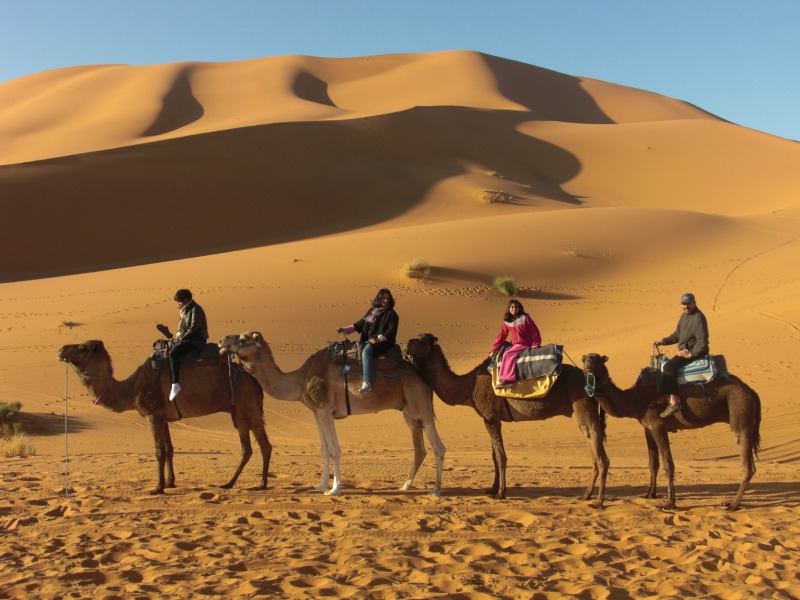
All New Experiences
Until those trips, I had never rappelled down a cliff, ridden a camel, swum with piranhas, or biked down a volcano at dawn hoping that my brakes wouldn’t go out and send me careening over the mountainside.
Yes, I’d had plenty of adventures on my own in my younger days. But none of them was any more memorable than those listed above.
In fact, the older I get, the more satisfying it becomes to know that I can still go adventuring and not only live to tell about it, but look forward to my next opportunity to stretch my personal boundaries.
But again, I thank my guides’ expertise for that – and whoever keeps the bicycle brakes in repair, the mountaineering gear in good working condition, and the piranhas at bay.
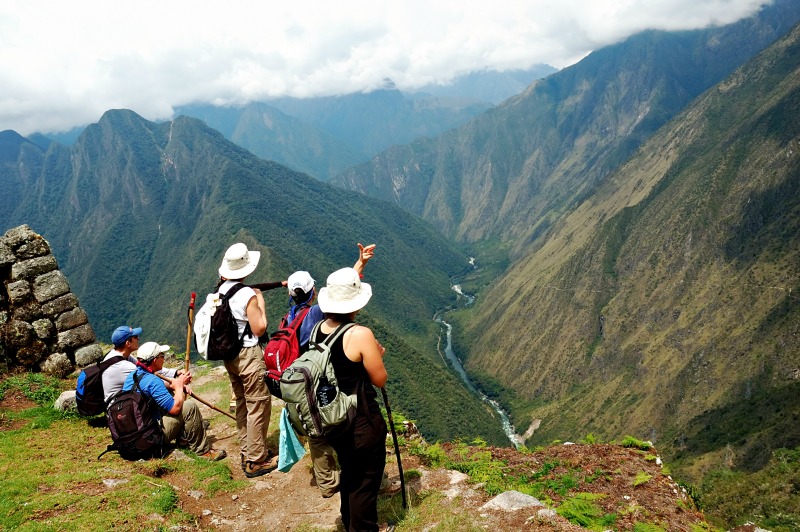
Baby Boomers: An Adventurous Generation
I’m not alone.
Baby boomers – those of us currently in our 50s and 60s – tend to be an adventurous bunch in general.
A leading U.S. adventure tour operator, Peter Grubb of Idaho-based ROW Adventures, calls boomers “very important” to his business, especially on international trips, where they form the majority.
These trips may range from sea kayaking in Baja and whale watching in British Columbia to snorkeling in the Galapagos and venturing to Machu Picchu. Boomers, Grubb notes, often have more time and money to spend on such trips than other age groups.
Boomers also join many of ROW's domestic adventure trips, which include rafting, hiking, kayaking and canoeing in America’s Pacific Northwest and beyond.
While some trips require only moderate physical conditioning, "We find plenty of in-shape boomers!" Grubb says, and ROW generally doesn’t have to modify its itineraries for 50-plus-only specialty trips.
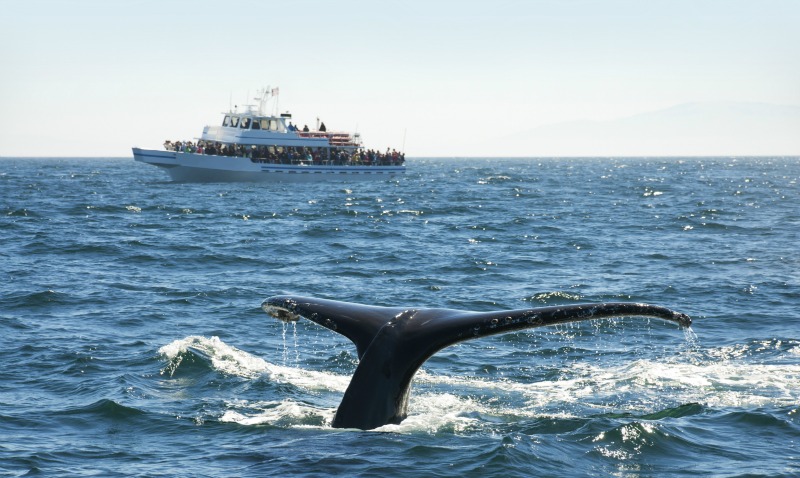
Risk-Taking Not Required
None of this is to say that you can only enjoy adventure travel if you’re in terrific shape or a natural-born risk-taker or adrenaline junkie.
In fact, while there are never any guarantees of complete safety, and a whiff of danger can add a certain frisson to your trip, adventurous travel needn’t be truly risky in the hands of experienced, watchful tour guides.
Nor does it necessarily require great strength or endurance.
You can find terrific hiking and bicycling tours that allow you to proceed at your own pace, as long as you can reach your designated lodging site by dinner time – when excellent regional food and wines are often the rule. Many such tours even include support vans that will give you a lift if you get too tired.
But these kinds of trips are still far more adventurous – and likely to result in interesting interactions with the local people -- than, say, jetting off to a beach resort and lying in the sun for a week. (Not that a little R&R doesn’t have its place at times).
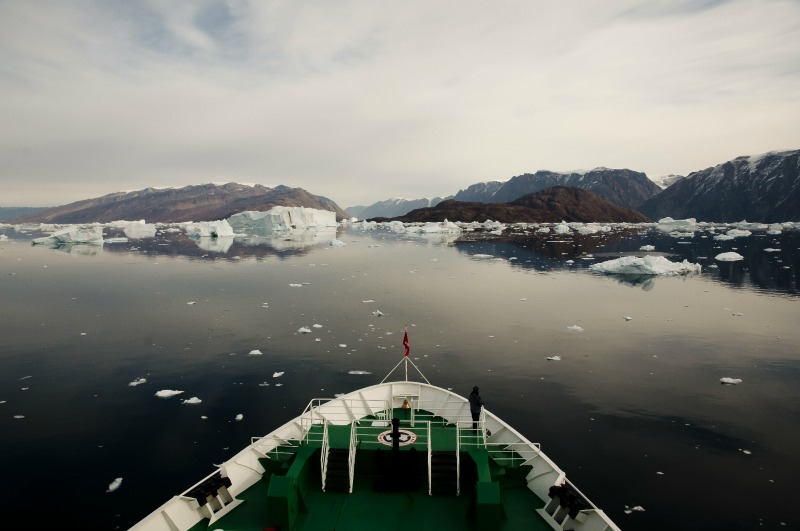
So keep these key takeaways in mind when you get the urge for adventure:
- You don’t have to be in your 20s and 30s or in top physical condition to experience adventurous travel. Folks in their 50s, 60s - and beyond - can continue to be active travelers who seek out often challenging trips around the world.
- Expertly led guided tours can lead to all new adventures that you might never think of trying otherwise – and keep you safe in the process.
- By defining what adventure travel means to you, you can create experiences that push your comfort level, yet are fully rewarding.
How well do you know the world?
Play the game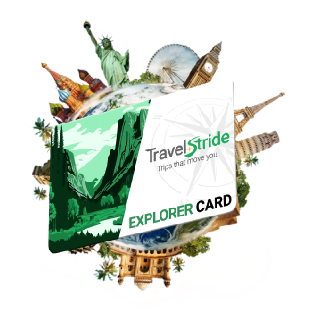
Connect & Share
"It's Time to Rethink Adventure Travel"
Recent posts









